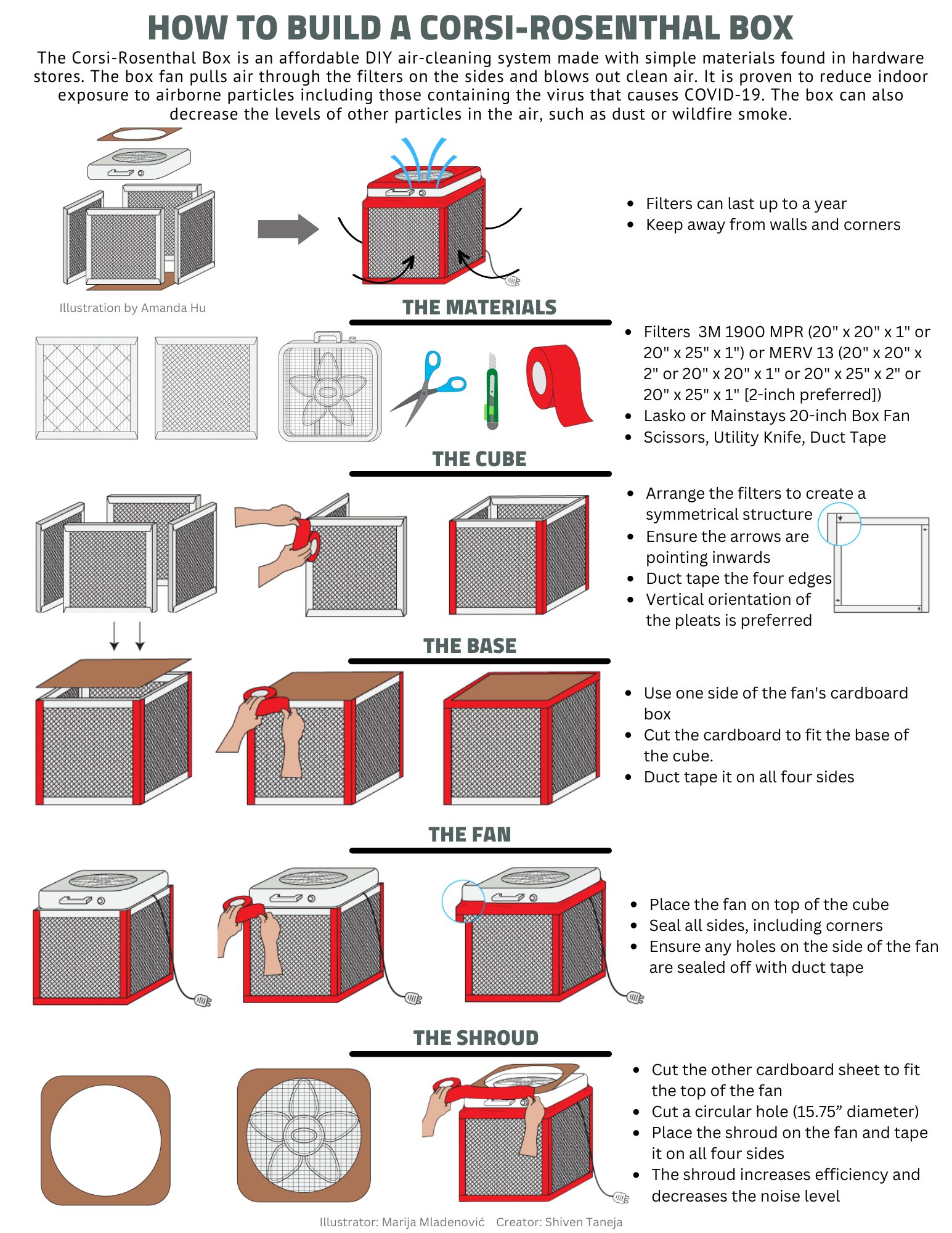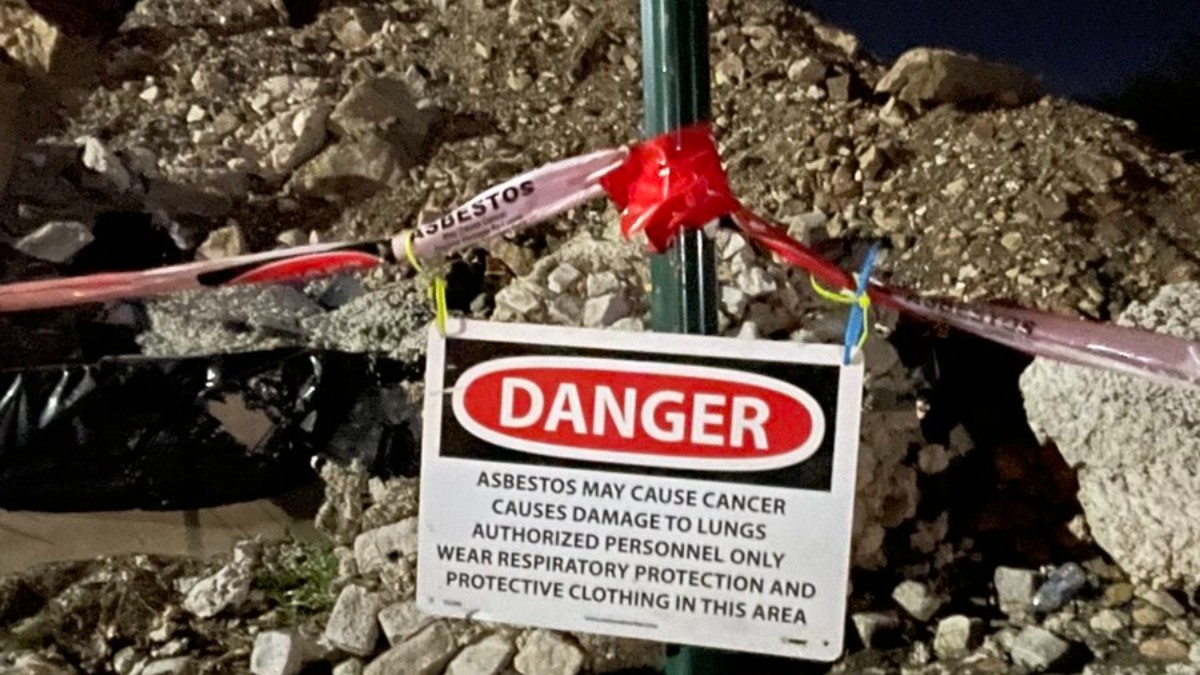Part One: Environmental Racism
As the world copes with climate change, have you noticed that all across the country, many communities of color have been hit the hardest with excess heat, pollution and flooding? As you will learn in this program, it’s not a coincidence. In Part One of “The Heat is On,” Latoyia Edwards and Meteorologist Tevin Wooten help us define the problem. We learn about how some people are trying to fight back against these trends in Boston. And you will hear about the serious health impacts of climate change as two front line physicians from the Whittier Street Health Center in Roxbury share stories and insights from their own practices.
Build Your Own Air Filtration System
Do you want to try to build your own air filter, like the one you saw in the piece? The instructions and a time-lapse are below.

Climate CARE Program/Climate Change Resiliency | NOAH (noahcdc.org)
Whittier Street Health Center (wshc.org)
Part Two: Climate & Heat - Zip Codes and Genetic Code
When it comes to predicting health outcomes over a lifetime, many experts say your zip code is a more powerful factor than your genetic code. In this segment, we hear from Gaurab Basu, MD, MPH, a health equity fellow at Harvard T.H. Chan School of Public Health’s Center for Climate, Health and the Global Environment. He will connect the dots between the redlining of the 1930s in Boston to the heat islands that exist today. He also explains in very basic terms how these trends are taking a toll on the health and well-being of people in environmental justice communities. Check out this interactive conversation with Latoyia Edwards and Meteorologist Tevin Wooten.
See below for more with Dr. Gaurab Basu on the link between the environment, climate change and racism.
Environmental Justice & Health – C-CHANGE | Harvard T.H. Chan School of Public Health
“Environmental justice used to be a footnote. Today it is a headline.”
That’s just one observation from Dr. Robert Bullard, the father of the environmental justice movement. In a conversation with Meteorologist Tevin Wooten, Dr. Bullard talks about his decades of work, the book Dumping In Dixie: Race, Class, And Environmental Quality, that put him on the map and what it will take to make to fix our environmental problems in a way that is just, fair and equitable.
Part Three: How are we working to fix this in Massachusetts?
Latoyia Edwards and Meteorologist Tevin Wooten talk with two guests whose jobs are focused on fighting climate change in a way that is just. Here from MA Secretary of Energy and Environmental Affairs Rebecca Tepper, and Boston’s Chief of Environment, Energy and Open Space, Rev. Mariama White-Hammond.
About half of Massachusetts residents live in environmental justice areas. Do you? Find out below.
Let’s start with the definition from mass.gov:
In Massachusetts, an environmental justice population is a neighborhood where one or more of the following criteria are true:
- the annual median household income is 65% or less of the statewide annual median household income
- minorities make up 40% or more of the population
- 25 percent or more of households identify as speaking English less than "very well"
- minorities make up 25% or more of the population and the annual median household income of the municipality in which the neighborhood is located does not exceed 150% of the statewide annual median household income.
That’s the definition—and here is some data:
- 3,487,681 people live in EJ block groups, out of the 7,043,503 people in the state (49.5%)
- 2,599 block groups are designated as EJ out of the 5116 block groups in the state. (50.8%)
- EJ populations occupy 15% of the state’s land
And now: find where you live.
Map courtesy of Mass.gov
Environmental Justice Populations in Massachusetts (arcgis.com)
For more on Boston
Heat Resilience Solutions for Boston report
Other resources:
Home - Speak for the Trees, Boston (treeboston.org)
For more information on Boston’s tree cover and efforts to bring Tree Equity to the city, please check out our story and the link above.
Climate Change and Trees: Why Leaves Are Falling in Mass. – NBC Boston
Dept. of Public Health EJ Maps and EJ Vulnerable Health Populations Tool
More on the new grant program to fund electrification in low- and moderate-income communities:




